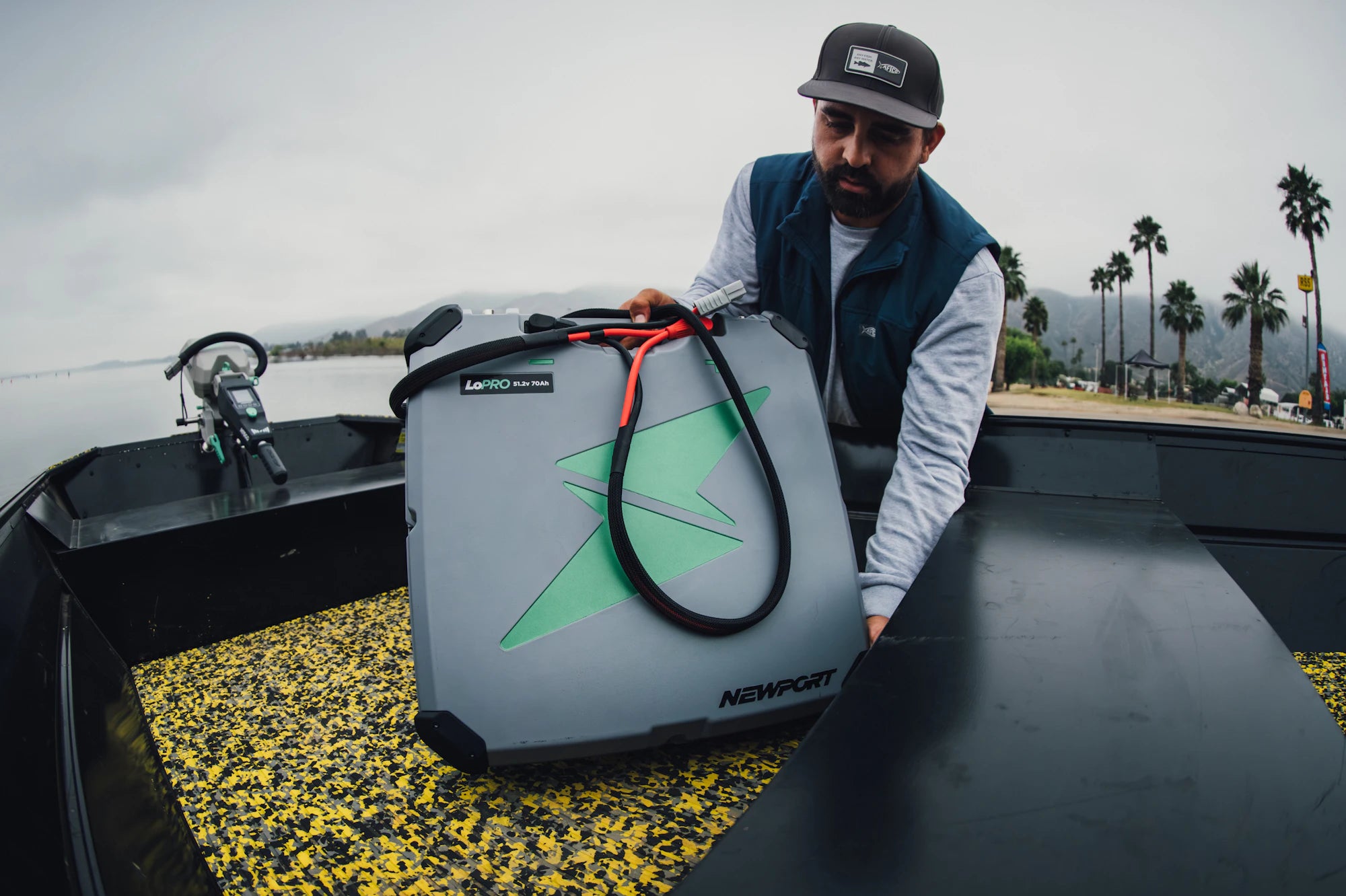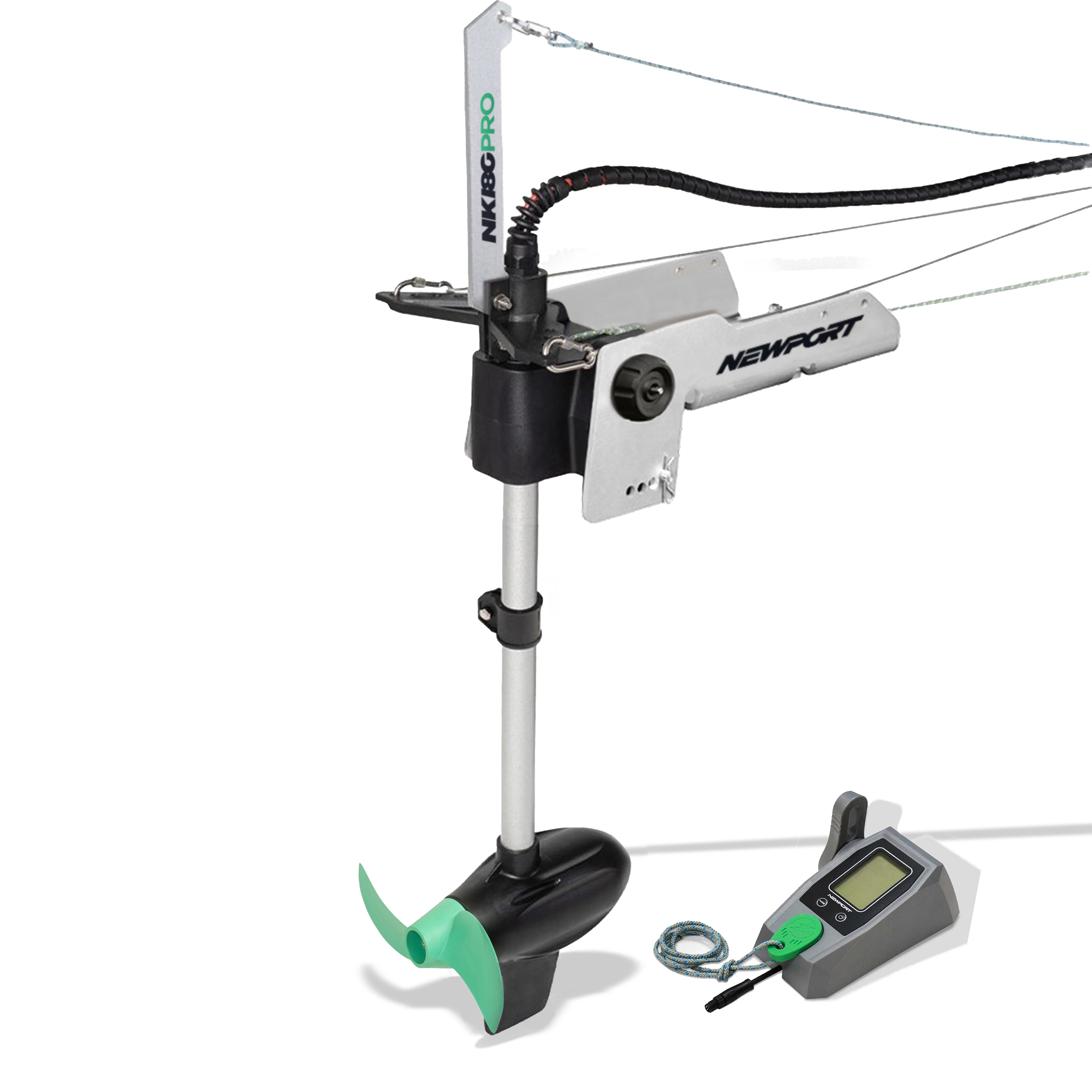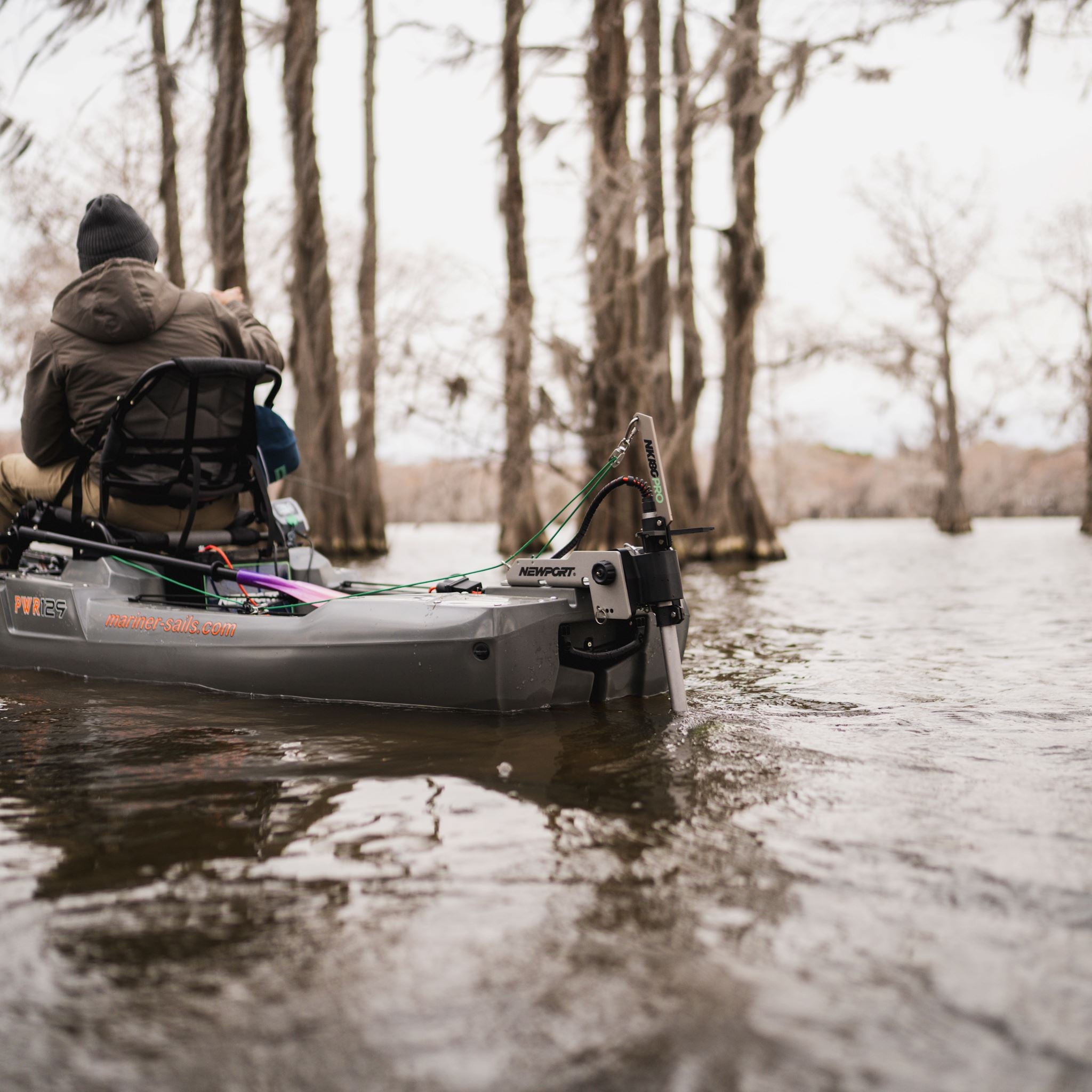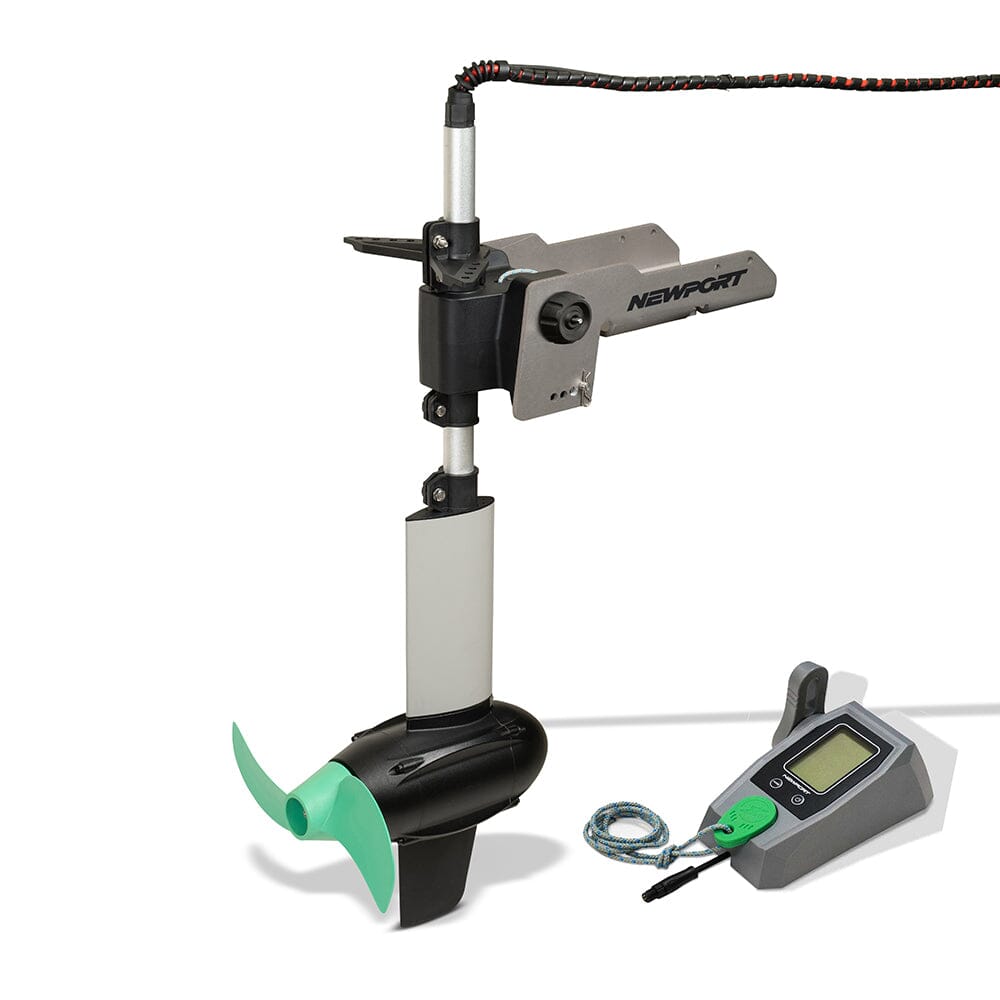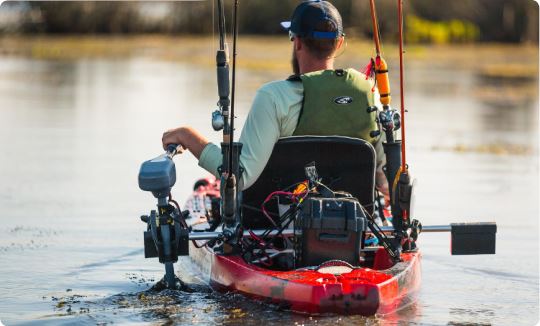INTRODUCTION TO TRANSOM TROLLING MOTORS
Trolling motors are small, self contained motors used primarily for fishing. They were invented around the turn of the century, and have been mass produced ever since (Scientific American). Although some boats have used small 1-2hp gas outboards, or ‘kickers’, for trolling, these are considered too noisy for fishing, and quickly scare fish away. For this reason, electric trolling motors are considered an upgrade from small outboards which deliver similar speeds and near silent performance.
Part I - What Trolling Motor Do I Need?
Part II - Trolling Motor Performance and Speed
Part III - Why You Should Never Overpay For Another Minn Kota Trolling Motor
Tech Overview: A Simple Design

Electric trolling motors have many advantages over their gas competitors, one of them is their simplicity. These transom mounted electric motors are very simple in design, making them a reliable primary or secondary motor for small boats and watercraft. Instead of operating off petrol or diesel, trolling motors run off deep cycle or marine batteries, and are connected to the motor by thick copper battery cables. Inside the motor, these cables connect through the Speed Switch (or Control Switch), run down the shaft, and apply current to the speed coil. This coil connects to the armature or drive shaft, and mounted propeller. As current runs through the speed coil, the propeller spins through the water, driving the boat forward.
thrust: what is it?

The amount of power, or ‘thrust’ generated is determined by a number of factors including the size of the coil, and the amount of resistance in the system. More thrust doesn’t necessarily mean more speed however, it does mean a motor is capable of pushing a heavier or larger boat. There is not a direct correlation between thrust and horsepower. See our ‘Motor Thrust Guide’ for more information on what motor is right for your boat.

While trolling motors offer a range of thrust powers, you won’t have to worry about getting knocked out of your boat, trolling motors are meant for one thing, trolling. These motors do not produce enough thrust or power to get a boat on plane, or achieve high speeds, so if you’re looking to go fast, save yourself time and buy a 10-20hp outboard. However, there is a full range of thrust power for any size boat, as well as many application specific motors available on the market. The options range from 18lbs of thrust to 112lbs of thrust, with the most common or versatile thrust being a 55lb motor. The amount of thrust determines what battery setup is required for each motor, lower thrust motors use a 12V battery, while higher thrust motors like our 86lb use two batteries, and 112lb motors require three 12V Marine batteries. Purchasing batteries can significantly increase the cost of a trolling motor setup, and should be considered when shopping for a new motor. Newport Vessels offers a full range of trolling motor thrust options, from 36lbs to 86lbs.

MOUNT TYPE: WHAT IS A TRANSOM?
Trolling motors are characterized by their mount type, bow mounts and transom mounts. (We will cover bow mount motors in an upcoming blog post.) So what is a transom? A transom is a fancy term for a board mounted to the rear of a boat, allowing for motors and other equipment to be securely mounted. These trolling motors feature a control head, attached to a stainless steel, or fiberglass shaft, this shaft connect the control box to the motor head, and propeller. Few manufacturers still use stainless steel shafts which can bend, most manufacturers use fiberglass which is stronger, more durable, and lighter. It’s rare to see a broken fiberglass shaft without serious user error.
shaft length and depth placement
The shaft length is one of the primary differentiators between motors. Shorter shafts are designed for boats with a lower waterline, while long shafter are designed for larger hull watercraft such as speed boats, pontoon boats and sailboats. For example, Newport Vessels makes everything from a 24” shaft, ideal for kayaks and canoes, to a 40” shaft, which is preferred for maneuvering sailboats in and out of slips or harbors. For the vast majority of boats, a 30” or 36” shaft will fit their hull well. However manufacturers make specialty motors for niche applications, like kayaks and pontoon boats.

So why does shaft length matter? Choosing correct shaft length ensures you’ll receive the performance you expect from the motor. Too short a shaft will result in shallow prop placement, this causes cavitation bubbles, excess noise, surface agitation, and reduced thrust. On the other hand, a long shaft will place the propeller too deep, this produces increased drag, and reduced motor performance. See our ‘Shaft Length Guide’ for more details on choosing the correct shaft length for your next motor.


Trolling motor applications
Transom mounted trolling motors are particularly versatile, largely thanks to their simplicity. They come in a range of thrust powers, can clamp on to a board (transom), and have simple electrical components which allow them to troll for a long time to come. These motors are extremely popular for fishing, which takes advantage of the low power, long run times, and silent operation of electric motors. Within the fishing market, some trolling motors are used both as primary, and secondary motors. As we have mentioned, they also function great for other applications such as slip motors, which help maneuver large sailboats in small spaces. Others use trolling motors for creative applications such as motors for small, DIY boats. Whatever your application is, electric trolling motors have many advantages and drawbacks, give us a call for guidance on what motor will best fit your needs.


Click here to continue to Part II - Trolling Motor Performance and Speed.
Skip to Part III - Why You Should Never Buy Another Minn Kota Trolling Motor




